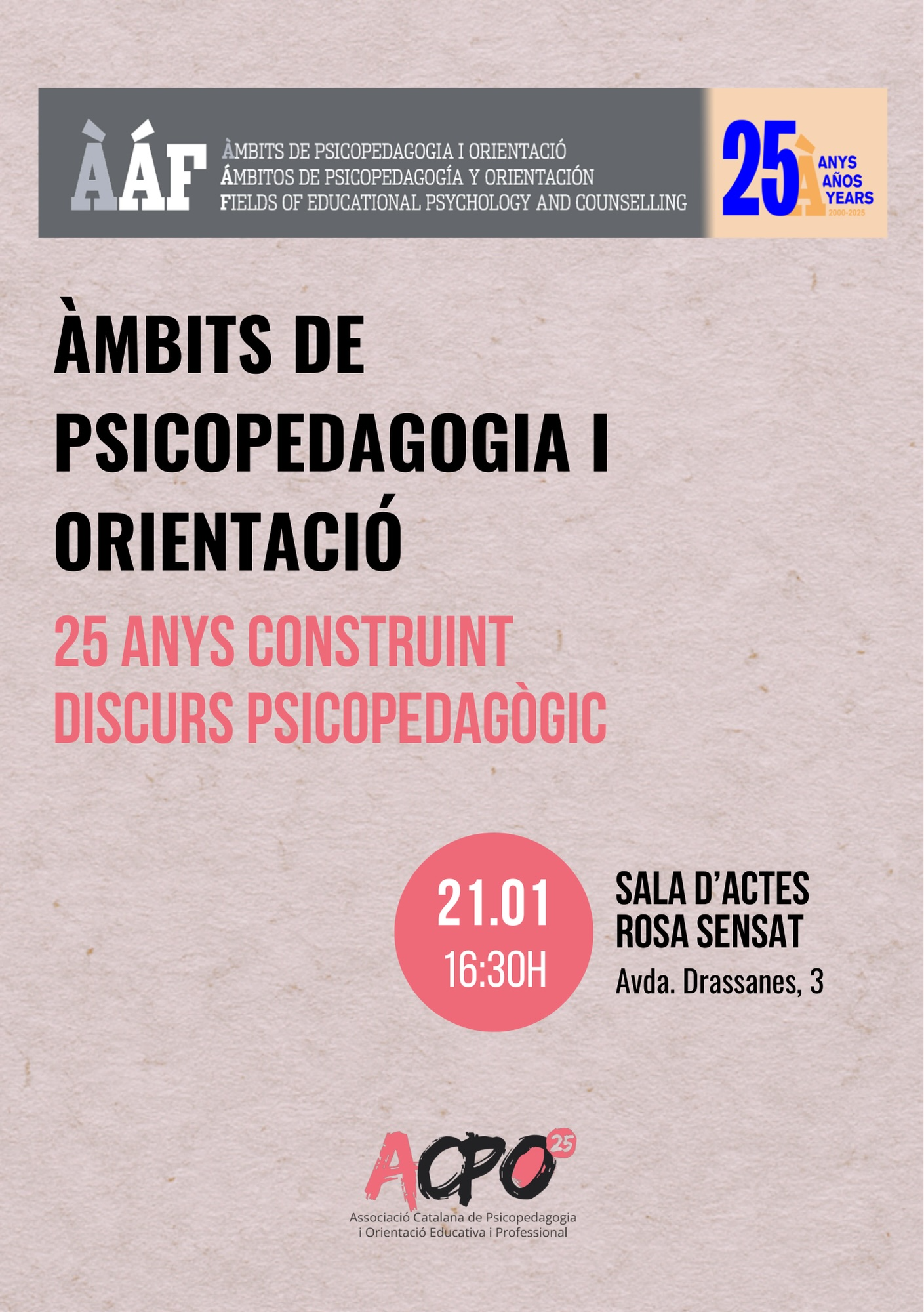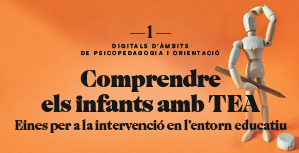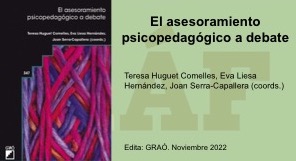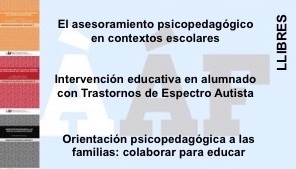La convivència positiva a l'escola des d'una mirada restaurativa
Paraules clau:
Convivència positiva, Justícia restaurativa, Pràctiques restauratives, Comunitat, Responsabilització, Compromís, DiàlegResum
La convivència positiva a l’escola entén el conflicte com una oportunitat d'aprenentatge i com a element transformador i transcendeix la intervenció reactiva incorporant una acció preventiva i proactiva. Les pràctiques restauratives comparteixen aquests aspectes claus i afegeix la participació i implicació del grup, fins i tot de la comunitat, des de la coresponsabilitat, per reparar els danys i restaurar les relacions. Incorporar les pràctiques restauratives a l’escola, i, sobretot, la mirada restaurativa, requereix comptar amb les persones, però també amb que des de l’escolar es facilitin les estructures que permetin incorporar-la amb èxit.
Referències
Hopkins, B. (2011). The Restorative Classroom. Using Restorative Approaches to Foster Effective Learning. London: Optimus Education
Organización de Naciones Unidas (2006). Manual sobre programas de justícia restaurativa. Nueva York: Naciones Unidas https://www.unodc.org/documents/justice-and-prison-reform/Manual_sobre_programas_de_justicia_ restaurativa.pdf
UNESCO (2015). Replantear la educación. ¿Hacia un bien común mundial? París: UNESCO. http://unesdoc.unesco.org/images/0023/002326/232697s.pdf
Wachtel, T. (2013) Definiendo qué es restaurativo. Bethlehem, PA: International Institute of Restaurative Practices (IIRP). http://www.iirp.edu/pdf/Defining-Restorative-Spanish.pdf
Zehr, H. (1990). Changing lenses: a new focus for crime and justice. Scottdale, Pensilvania: Herald Press.
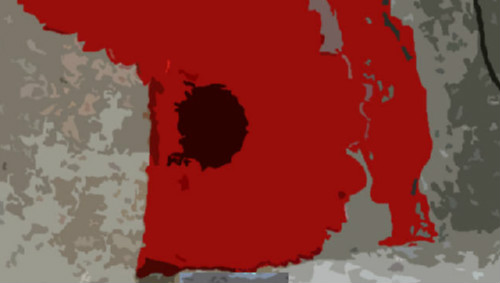
Descàrregues
Publicades
Número
Secció
Llicència
Els autors/ores conserven els drets d'autor i concedeixen a la revista el dret de primera publicació de l'obra, registrada sota una llicència Creative Commons Reconeixement-NoComercial-Sense Obra Derivada. Aquesta llicència permet la descàrrega de les obres, i que es puguin compartir amb altres sempre que se’n reconegui l'autoria, però no permet que siguin modificades de cap manera, ni ser utilitzades amb finalitat comercial.


